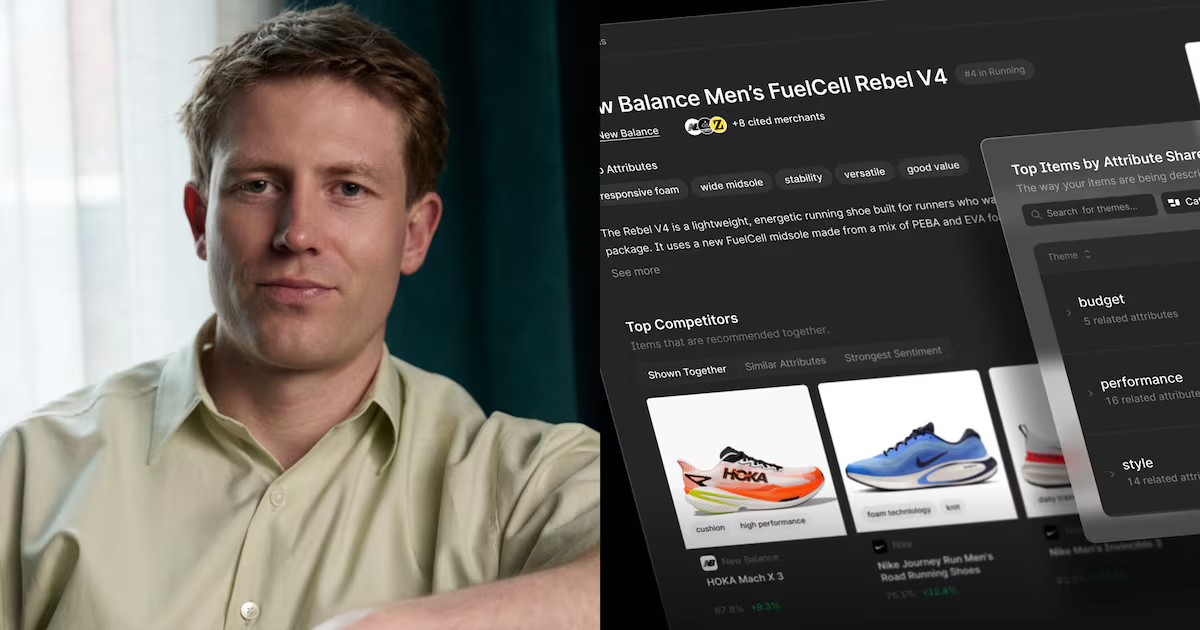Now we’re going to dive deeper into our second stop on your agile marketing journey — the Launch Cycle. The Launch Cycle is a repeatable cadence for delivering valuable marketing experiences early and often. Within the Launch Cycle there are five key components—Marketing Backlog, Cycle Planning, Daily Huddle, Team Showcase and Team Improvement. Last week we shared how to conduct a great Cycle Planning. Today we’re going to dive into the next part of your agile marketing journey—the Daily Huddle.
Running a Daily Huddle
The purpose of the Daily Huddle is to focus on the work in progress and how the team is doing towards completing the work that they planned during Cycle Planning. The Daily Huddle is meant to eliminate one-off conversations and to build up teamwork and shared ownership and accountability.
People often ask, “Why does this have to be daily? What about two or three times a week?” While our framework strives for being pragmatic, and you can certainly figure out what works best based on your unique situation, the teams that I’ve worked with that actually connect daily have a lot fewer one-off meetings and tend to have better communication, so that the small time investment tends to actually save time in the long run.
The Daily Huddle should be attended by the Team and any Supporting Cast members that have active work in the current cycle. Practice Leads and Stakeholders should refrain from attending unless invited by the team. Just like we want our teenagers to learn how to be adults by letting them figure out their own problems before asking mom and dad, this works similarly. We want the team to first have an opportunity to identify and resolve problems on their own.
There are two main ways I’ve seen teams run a Daily Huddle (but new, creative techniques are always welcome). The first is a person-by-person approach where every team member talks about what they’re working on. The second is a work item approach, where the team talks only about the work items in progress and how they’re doing at getting them done.
Get the daily newsletter digital marketers rely on.
Questions to ask
With the person-by-person approach, the traditional three questions that Scrum used to have (they’re no longer part of the official Scrum Guide) were: What did you work on yesterday? What are you working on today? What are your blockers? These questions are fine to use, but a lot of marketers find focusing on yesterday to be a bit backwards and like to just narrow it down to: What am I contributing today? What’s getting in my way? By saying “contributing” this adds a powerful statement and gets team members to answer something valuable because no one wants to be that person that’s not contributing.
A great Daily Huddle shouldn’t feel like a status report. There shouldn’t be a single person on the team that everyone is looking at as updates are given. If you notice that behavior, it’s a sign that the team is still more concerned about status updates when they should be more concerned that as a team they’re working together to get all work done, not just an individual’s piece.
A healthy Daily Huddle is when team members are offering to jump in and help each other out, even if it’s not their typical role at the company. When the focus is on accomplishing work as a team, you know you’re succeeding.

Catch up on the Agile Marketing Navigator series!
Opinions expressed in this article are those of the guest author and not necessarily MarTech. Staff authors are listed here.

















You must be logged in to post a comment Login